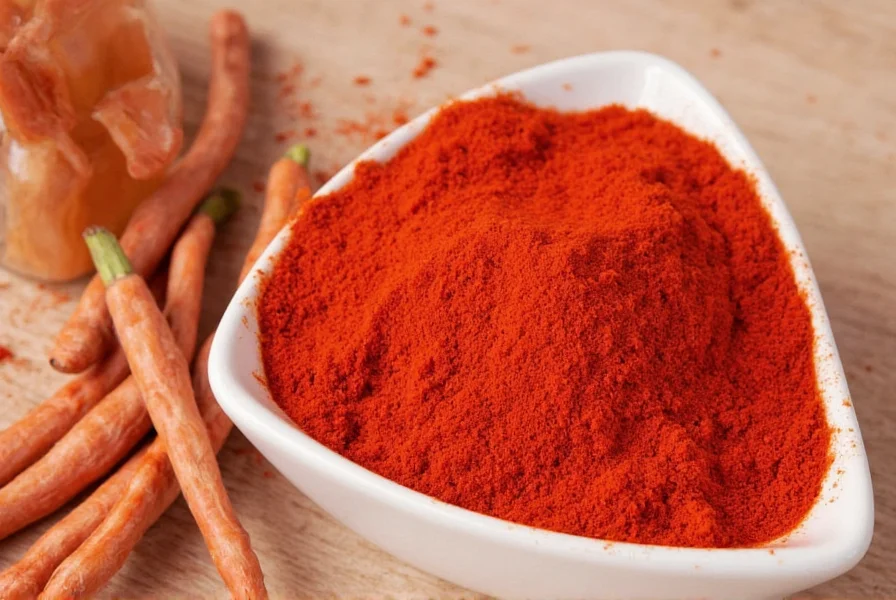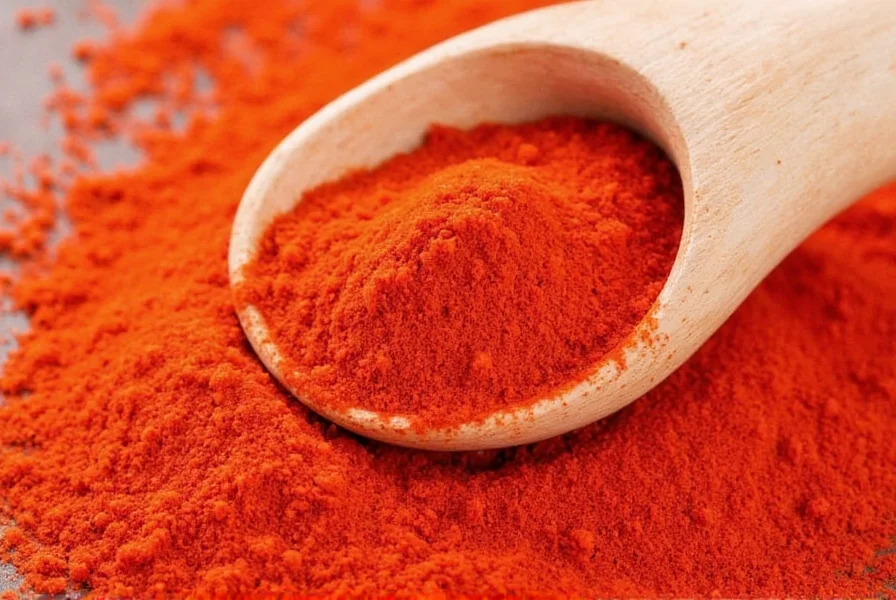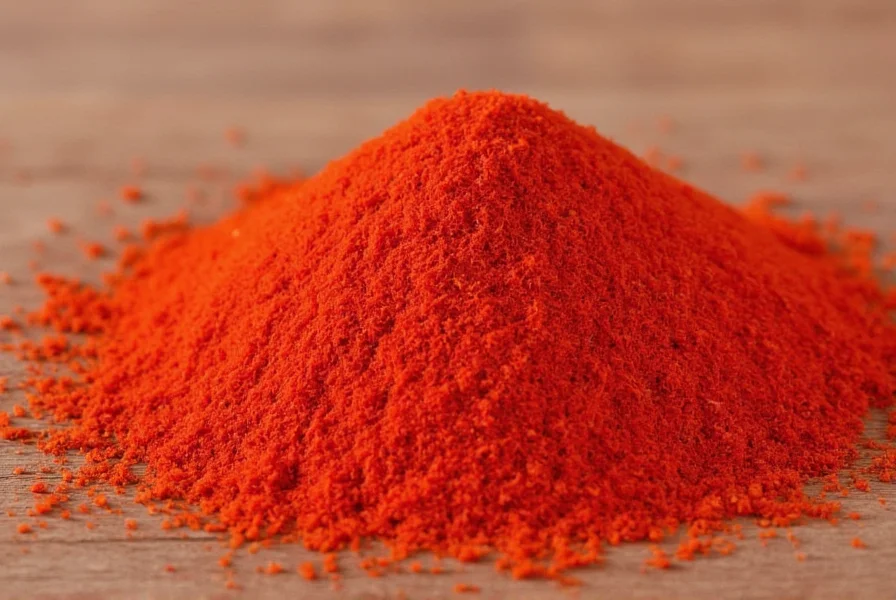Improving circulation naturally often leads people to explore cayenne pepper, thanks to its active compound capsaicin. This comprehensive guide details evidence-based approaches to using cayenne pepper for circulation concerns while prioritizing safety and effectiveness.
The Science Behind Cayenne Pepper and Circulation
Capsaicin, the compound responsible for cayenne's heat, stimulates sensory nerves that trigger vasodilation—the widening of blood vessels. Research published in Planta Medica shows capsaicin activates TRPV1 receptors, promoting nitric oxide production which relaxes blood vessels. While human studies remain limited, preliminary evidence suggests potential benefits for peripheral circulation.
A 2020 review in Frontiers in Pharmacology noted capsaicin's role in improving microcirculation, though researchers emphasized the need for larger clinical trials. Importantly, cayenne pepper should complement—not replace—medical treatments for serious circulatory conditions.
Effective Methods for Taking Cayenne Pepper
Understanding how to take cayenne pepper for circulation requires considering multiple factors including form, dosage, and individual tolerance. Here are evidence-based approaches:
| Form | Starting Dosage | Maximum Daily | Best Timing |
|---|---|---|---|
| Capsules (40,000-100,000 SHU) | 300 mg once daily | 1,500 mg | With meals |
| Powder in water | 1/8 tsp in 8oz water | 1/2 tsp | Morning |
| Tincture (1:5) | 5-10 drops | 30 drops | Divided doses |
Gradual Introduction Protocol
For those exploring the best way to take cayenne pepper for blood circulation, a gradual approach prevents gastrointestinal discomfort:
- Start with 1/8 teaspoon cayenne powder mixed in 8 ounces of water or juice
- Maintain this dose for 3-5 days to assess tolerance
- Gradually increase by 1/16 teaspoon every 3-4 days
- Do not exceed 1/2 teaspoon daily without medical supervision
- Always consume with food to minimize stomach irritation
Many users find cayenne pepper tea for circulation effective when prepared with lemon and honey. Simply mix 1/4 teaspoon cayenne with warm water, 1 tablespoon lemon juice, and 1 teaspoon honey. Drink once daily, preferably in the morning.

Safety Considerations and Contraindications
While investigating how much cayenne pepper should I take for circulation, safety must remain paramount. Capsaicin interacts with several medications including:
- Blood thinners (warfarin, aspirin) - increased bleeding risk
- ACE inhibitors - potential blood pressure complications
- Stimulant medications - amplified cardiovascular effects
Avoid cayenne pepper if you have:
- Active stomach ulcers or gastritis
- Recent gastrointestinal surgery
- Severe hypotension (low blood pressure)
- Known allergy to nightshade plants
Common side effects include temporary burning sensation, heartburn, and diarrhea. Discontinue use if you experience dizziness, irregular heartbeat, or severe gastrointestinal distress.
Complementary Circulation Support Strategies
For those implementing cayenne pepper supplements for circulation benefits, combining with these evidence-based approaches enhances results:
- Regular walking (30 minutes daily improves peripheral circulation)
- Adequate hydration (8 glasses of water daily)
- Compression stockings for venous insufficiency
- Contrast hydrotherapy (alternating warm and cool water)
- Smoking cessation (nicotine severely restricts blood vessels)
Remember that cayenne pepper works best as part of a comprehensive approach to circulatory health. The natural remedies for circulation with cayenne pepper should never replace prescribed treatments for serious conditions like peripheral artery disease or deep vein thrombosis.

When to Consult Your Healthcare Provider
Before starting any regimen involving cayenne pepper tincture for blood flow improvement, consult your physician if you:
- Take prescription medications, especially blood thinners
- Have a history of gastrointestinal disorders
- Experience persistent cold hands and feet
- Notice swelling in your extremities
- Have diabetes or cardiovascular disease
Seek immediate medical attention if you experience chest pain, sudden swelling, or severe leg pain, as these may indicate serious circulatory problems requiring professional treatment.
How long does it take for cayenne pepper to improve circulation?
Most users report noticing mild improvements in peripheral circulation within 2-4 weeks of consistent daily use at appropriate doses. Significant changes typically require 8-12 weeks of regular supplementation combined with other healthy lifestyle practices. Individual results vary based on overall health status and the severity of circulation issues.
Can I take cayenne pepper with blood pressure medication?
Cayenne pepper may interact with blood pressure medications, potentially causing excessive lowering of blood pressure. If you take ACE inhibitors or other blood pressure medications, consult your healthcare provider before using cayenne. Never adjust medication doses based on cayenne pepper use without medical supervision.
What's the difference between cayenne pepper capsules and powder for circulation?
Capsules provide standardized dosing (typically 300-500mg) with less gastrointestinal irritation, making them preferable for consistent daily use. Powder allows for gradual dose adjustment but may cause more stomach discomfort. Both forms contain capsaicin, but capsules often use standardized extracts with consistent heat units (40,000-100,000 SHU) for reliable effects.
Is cayenne pepper safe for long-term circulation support?
Current research suggests cayenne pepper is generally safe for long-term use at appropriate doses (up to 1,500mg daily). However, continuous daily use may lead to decreased effectiveness as your body adapts to capsaicin. Many practitioners recommend cycling usage—3 weeks on, 1 week off—to maintain effectiveness and minimize potential gastrointestinal irritation from prolonged exposure.
Can I use cayenne pepper if I have diabetes and circulation problems?
Diabetic individuals with circulation concerns should exercise caution. While some studies suggest capsaicin may help with diabetic neuropathy, cayenne can affect blood sugar levels and interact with diabetes medications. Consult your endocrinologist before use, and monitor blood sugar closely during initial usage. Never use cayenne as a substitute for prescribed diabetes treatments.











 浙公网安备
33010002000092号
浙公网安备
33010002000092号 浙B2-20120091-4
浙B2-20120091-4